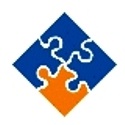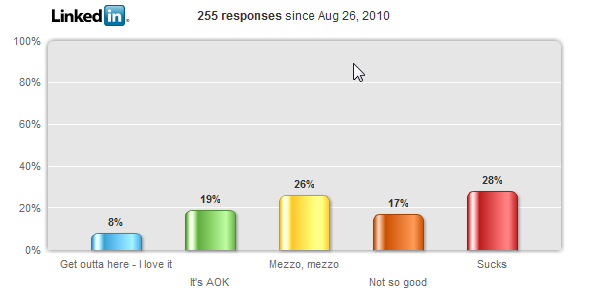
I’ve read some very interesting articles recently. all driven by the information technology changes detailed by Gartner’s Predictions For 2010 and beyond. Typically, Gartner directs it’s information to the corporate sector, but without a doubt, corporate information technology trends either filter down to small and medium sized business or result from the influence of nimble and highly competitive SMBs upon corporations.
Gartner predicts “40 percent or more of an organization’s work will be “non-routine,” which is up from 25 percent in 2010” and “growth in the number of organizations that create groups specifically charged with detecting divergent emerging patterns, evaluating those patterns, developing various scenarios for how the disruption might play out and proposing to senior executives new ways of exploiting (or protecting the organization from) the changes to which they are now more sensitive.”
I see a similar parallel to what I used to call systems driven exception management where only transactions or processes outside of well planned and configured norms require investigation and resolution in the day to day business flow. Highly structured in policy, system driven exceptions define day to day “non-routine” business activity and should never be confused with human driven exceptions, as the later is subject to manipulation and under or over statement.
Over time, “non-routine” business activity patterns emerge that if not dealt with by managers or “groups” of managers can negatively impact business. For example, one of those patterns can often be related to customer attrition that can lead to lost sales and lower margin. Increase in “non-routine” business activity is most certainly a reflection of our less than routing economic times.
So how does all of this translate to QuickBooks processes and QuickBooks infrastructure?
The Small and Medium Business sector and SMB Decision Makers need less technology complexity. Over the next several years, the SMB marketplace will push for that end result. That realistically translates into no data closets with servers, no on site infrastructure management and no IT employees as well as reasonable software licensing fees and reduced costs, all while embracing only the latest business information tools that produce turn-on-a-dime responsiveness and improved productivity.
If you’ve read my article, QuickBooks Server Remote Applications On A Shoe String, you know that I’ve made the case for a QuickBooks server device that reduces cost and complexity for a small business, a solution that you can actually build yourself. Taken one step further, one can deploy this solution, not on a physical computer, but on a virtual Windows computer in the cloud, affording SMB folks the luxury of geographically distributed work environments and improved productivity. This represents a clear migration path for SMBs with on site servers.
This cloud QuickBooks environment coupled with cloud based business intelligence, customer relationship and business organization tools can achieve the turn-on-a-dime responsiveness necessary for small and medium business success all within reasonable price points. As change occurs in your business, I would urge you to think about the bigger picture and migrate your business processes to the cloud. If you need help, contact me. Otherwise, please tell me what you think about Gartner’s Predictions








